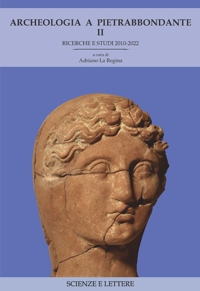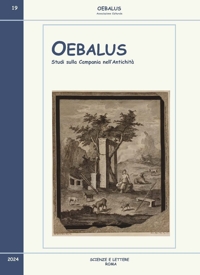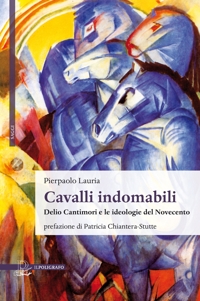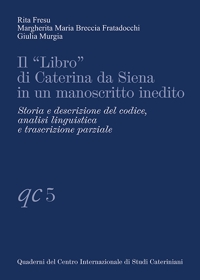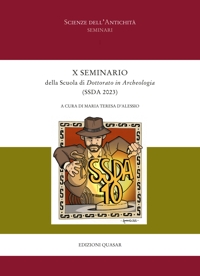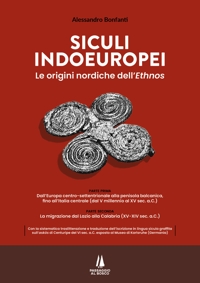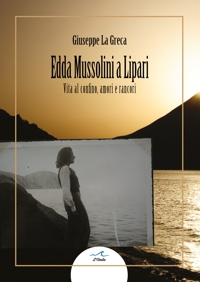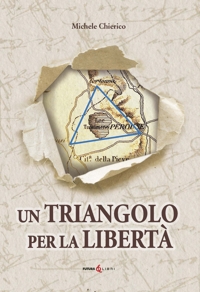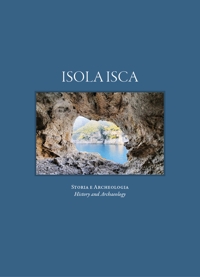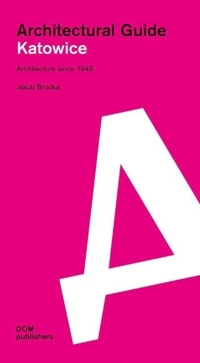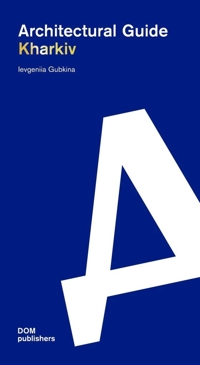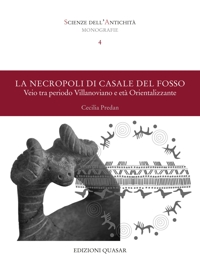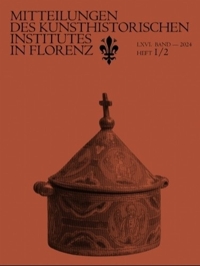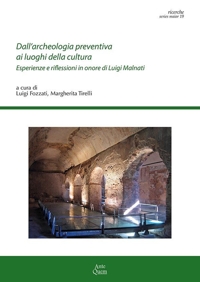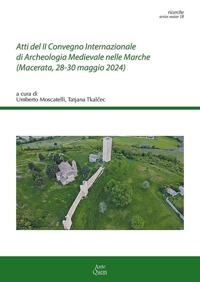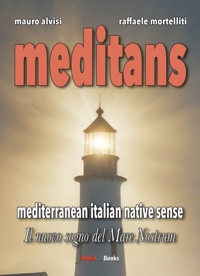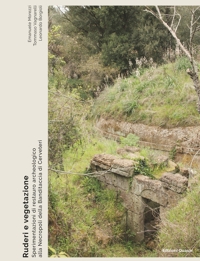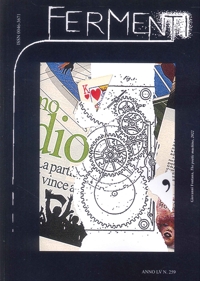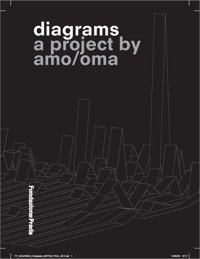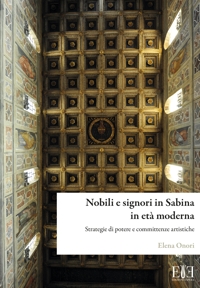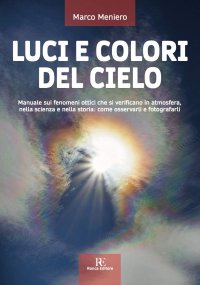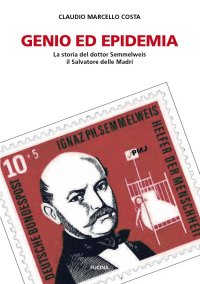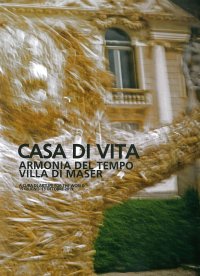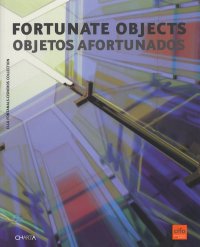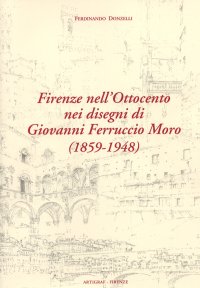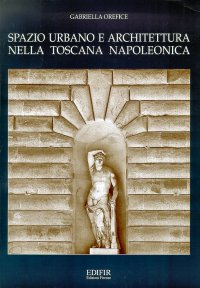Felice Palma. Massa 1583-1625. Collezione / Collection.
Texts by Andrei Cristina, Ciarlo Nicola, Federici Fabrizio, Claudio Casini and Sara Ragni.
Italian and English Text.
Pontedera, 2024; bound in a case, pp. 289, b/w and col. ill., b/w and col. plates, cm 24,5x34.
(L'Oro Bianco. Straordinari Dimenticati. The White Gold Forgotten Masters).
cover price: € 160.00
|
Books included in the offer:
Felice Palma. Massa 1583-1625. Collezione / Collection.
Texts by Andrei Cristina, Ciarlo Nicola, Federici Fabrizio, Claudio Casini and Sara Ragni.
Italian and English Text.
Pontedera, 2024; bound in a case, pp. 289, b/w and col. ill., b/w and col. plates, cm 24,5x34.
(L'Oro Bianco. Straordinari Dimenticati. The White Gold Forgotten Masters).
FREE (cover price: € 160.00)
Le botteghe del marmo
Italian and English Text.
Ospedaletto, 1992; bound, pp. 153, 10 b/w ill., 60 col. ill., cm 24x29.
(Immagine).
FREE (cover price: € 34.49)
Museo Stefano Bardini. I Bronzetti e gli Oggetti d'Uso in Bronzo
Edited by Nesi A.
Firenze, 2009; paperback, pp. 191, 102 b/w ill., 7 col. ill., cm 17x24,5.
(Museo Stefano Bardini).
FREE (cover price: € 30.00)
Bronzetti e Rilievi dal XV al XVIII Secolo
Bologna, 2015; 2 vols., bound in a case, pp. 729, ill., col. plates, cm 21,5x30,5.
FREE (cover price: € 90.00)
Astrattismo in Europa. Abstract Art in Europe. Kandinsky Popova Majakovskij Malevich...
Associazione Forte di Bard
Bard, Forte di Bard, January 31 - June 2, 2015.
Italian and English Text.
Bard, 2015; hardback, pp. 159, 102 col. ill., cm 24x29.
(Grandi Mostre).
series: Grandi Mostre
ISBN: 88-908154-4-2 - EAN13: 9788890815447
Subject: Essays (Art or Architecture),Painting
Period: 1800-1960 (XIX-XX) Modern Period,1960- Contemporary Period
Languages: 

Weight: 0.97 kg
From 1910, in a climate of general renewal of the artistic language, it develops different tendencies within the German, Russian, Czech and Dutch abstract avant-garde movements. Wassily Kandinsky (Moscow - 1866 Neuilly -sur-Seine 1944) occupies a prominent place in this artistic context.
Other Russian abstract artists in the exhibition are: Vladimir Tatlin, Alexander Rodchenko, El Lissitzky and Alexandra Exter. He developed his plastic language incorporating influences from Cubism and Futurism. Natalia Goncharova's work of artcan be considered as a form of Russian Cubo - Futurism, a language that the artist will improve in Paris, where he moves in 1917.
Kasimir Malevich and Kandinsky may be the most important pioneer of abstract art. From the context of the Russian Cubo-Futurism, Malevich painted geometric shapes such as the square, the ball, the cross, giving rise to the movement of Suprematism: not a descriptive art, but a purely contemplative and spiritual.
The movement of Constructivism is represented by the works of László Moholy -Nagy, a leading member of the German Bauhaus. Max Bill (Abstraction -Creation ) and Georges Vantongerloo (De Stijl) testify the spread of an abstract - geometric language in Switzerland and the Netherlands.
Wirth Oswald € 14.25
€ 15.00 -5 %











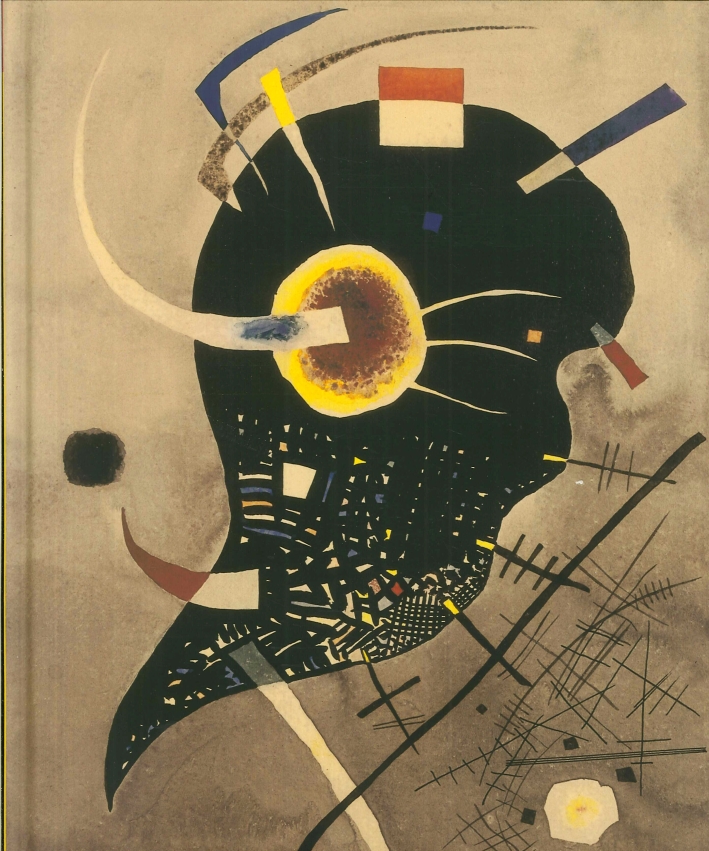

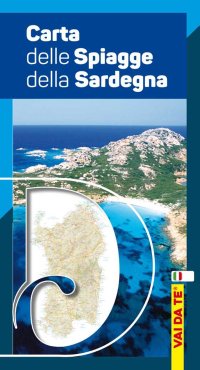
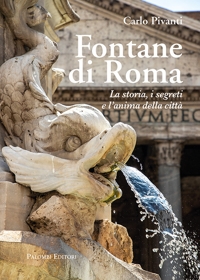
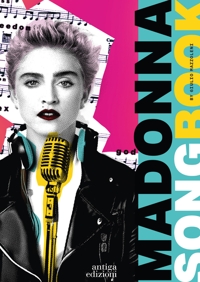
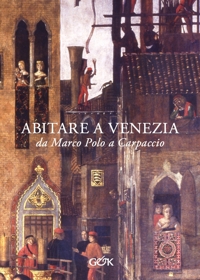
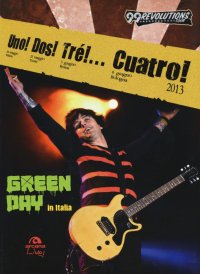

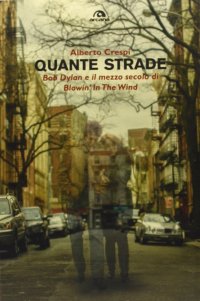
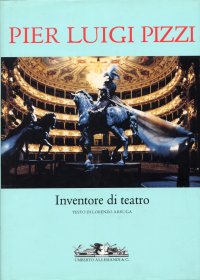

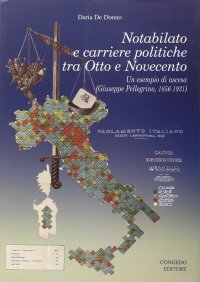
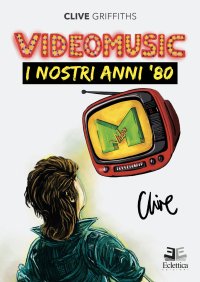

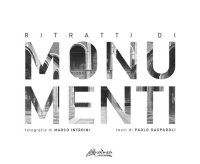
![Incantevole Puglia. Fra arte, storia e natura. [Edizione Italiana e Inglese]](https://immagini.libroco.it/copertine/IMMAGINI/3073/m-1536619.jpg)
